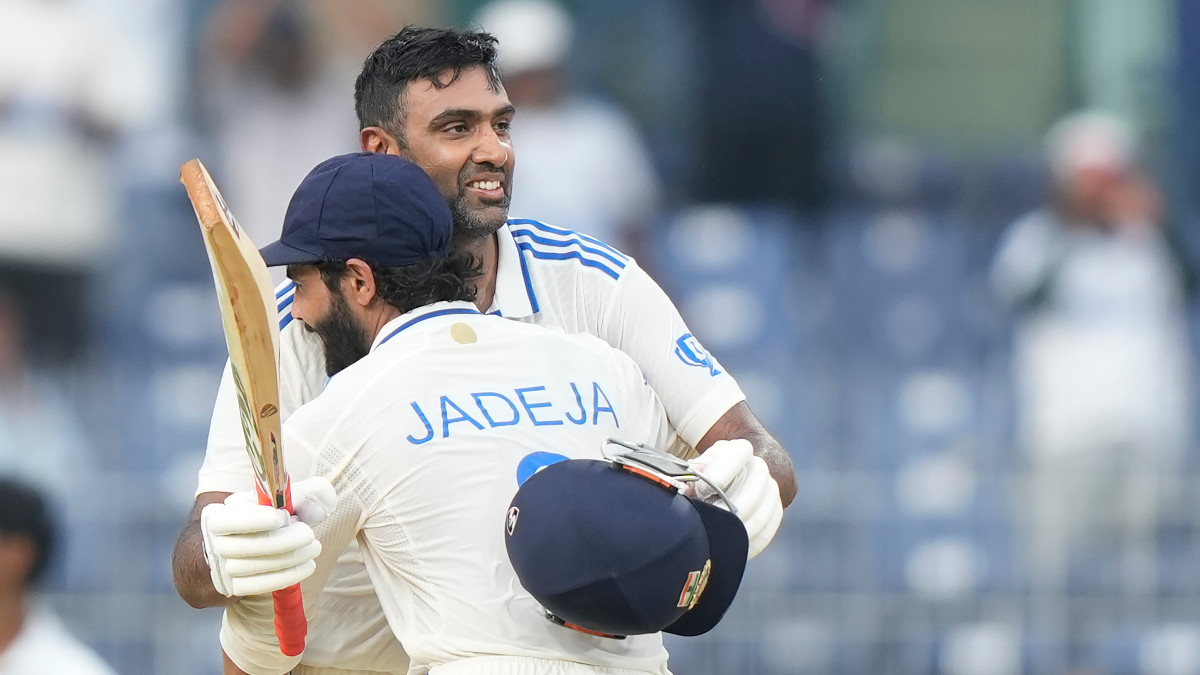The MA Chidambaram Stadium in Chennai is one of India’s more iconic cricket venues. Seldom is the ground not in pristine condition, no attention to detail is spared, you feel a certain vibe when you step inside the stadium.
It has also played host to several memorable matches – the tied Test against Australia in 1986, an absolute ripper against Wasim Akram’s Pakistan in 1999, in the first Test between the two sides on Indian soil since 1987 when, despite seeing their heroes conquered in a classic, a full house gave the men from across the border a standing ovation on their victory lap.
But the one match, or rather, the one innings, Chennaiites love reminiscing comes from an earlier era, when a little magician dazzled a packed house with an extraordinary display of artistry and bravery. That genius answers to the name of Gundappa Vishwanath.
Chennai is a city of tradition, and when it was still Madras, the Pongal Test was a regular stop on the Indian cricketing calendar. Pongal is the harvest day in this part of the country, in mid-January, and the Pongal Test came with clockwork precision, like the Boxing Day Test in Melbourne.
India had lost the first two Tests to West Indies in 1974-75 before pulling one back in the New Year’s Test in Kolkata. They came to Chepauk full of confidence but were quickly brought down to earth by Andy Roberts and Bernard Julien on a surface with plenty of bounce (as was the norm in Chennai those days).
Impact Shorts
More ShortsIn no time, India were reeling at 117 for eight, the fearsome Roberts having accounted for six of those wickets, when ‘Vishy’ counter-attacked like only he can. He brought his trademark square-cut into play, but he also played punchy strokes to other parts of the ground. When his great mate Bhagwat Chandrashekar was last man dismissed to end India’s first innings on 190, Vishy had danced to 97. Off 228 deliveries, with 14 of the most sumptuous fours.
“It was worth way, way more than a hundred, that 97 not out,” he once told this writer. “I am not sure people will remember that innings with the same fondness if I had finished, say, 102 not out. It was when 97 trumped a hundred.”
India found ways and means to use 190 as an inspiration, eking out a 100-run win to square the series before being laid low in the decider in the first ever Test at the Wankhede Stadium in Mumbai. But 97 not out, that’s the magic number at Chepauk.
Read | Ashwin relishes ‘special feeling’ after scoring second Test ton at Chepauk
Thursday, the opening day of India’s international home season, was a throwback to 1975 in that after a long lull characterised by turners, the surface at the MA Chidambaram Stadium played the way it used to. India’s leadership group, it is learnt, had requested that the ground authorities lay out a deck that would assist the quicker bowlers. That’s exactly what they got – there wasn’t just plenty of bounce, but also liberal lateral movement. There was a tinge of moisture to the 22-yard strip, the skies were grey and overcast, a far cry from the previous week when the mercury hovered around the 37-degree Centigrade mark.
If ever the conditions cried out for bowling first – generally a strict no-no in the subcontinent – it was now.
Najmul Hossain Shanto, the man who oversaw a stunning 2-0 coup recently in Pakistan, had little hesitation in sticking India in after calling correctly. After all, like India , he too had stacked his attack with three quicks, two of them playing only their respective fourth Tests. But watching Hasan Mahmud and Nahid Rana in action, one wouldn’t have thought so. After a nervy first over when he hardly made Rohit Sharma play, Mahmud hit his straps, disciplined and in control, refusing to allow himself to get carried away with the assistance.
Read | Who is Hasan Mahmud, the Bangladesh pacer troubling India on Day 1?
And when Rana, all of six feet and five inches, came on as first-change in the 11th over, just before the first drinks break of the day, he bent his back and startled the batters with pace (140-plus) and disconcerting bounce. The old-timers at the ground, and there were many in an audience numbering 10,371, couldn’t help but reflect on the days when this wasn’t the exception to the norm at Chepauk.
The first half of the day was all Bangladesh, India’s famed line-up in tatters at first 34 for three and then 144 for six. Pace-friendly strip? Oh heck, what did we do? Ah, but wait, we have depth in batting, right? We have the spin twins who between them have nine Test hundreds to go with 810 Test wickets. After all, they will bail us out, won’t they?
Oh, did they?! From tentative optimism, the mood in the ground changed gradually until the pendulum rested on justified faith. R Ashwin, the hometown hero, had the fans eating out of his hand though he had competition from Chennai’s adopted son, Ravindra Jadeja, a certified Chennai Super Kings legend. Fortunately for the fans, they didn’t have to pick a favourite, they didn’t have to put one above the other though on sentimental grounds, Ashwin perhaps had the edge.
The tweaking twosome tweaked the balance of the game. From the hunted, India became the hunters; the furrowed brows in the Indian changing room gave way to a sunnier disposition while Bangladesh, gung-ho and upbeat after three hours, gradually wilted as the sun finally won its battle with the clouds. When stumps were drawn, India were 339 for six, Ashwin 102, Jadeja 86 , their partnership 195 and counting. As turnarounds go, this was spectacular. But it wasn’t surprising. Not really.
)